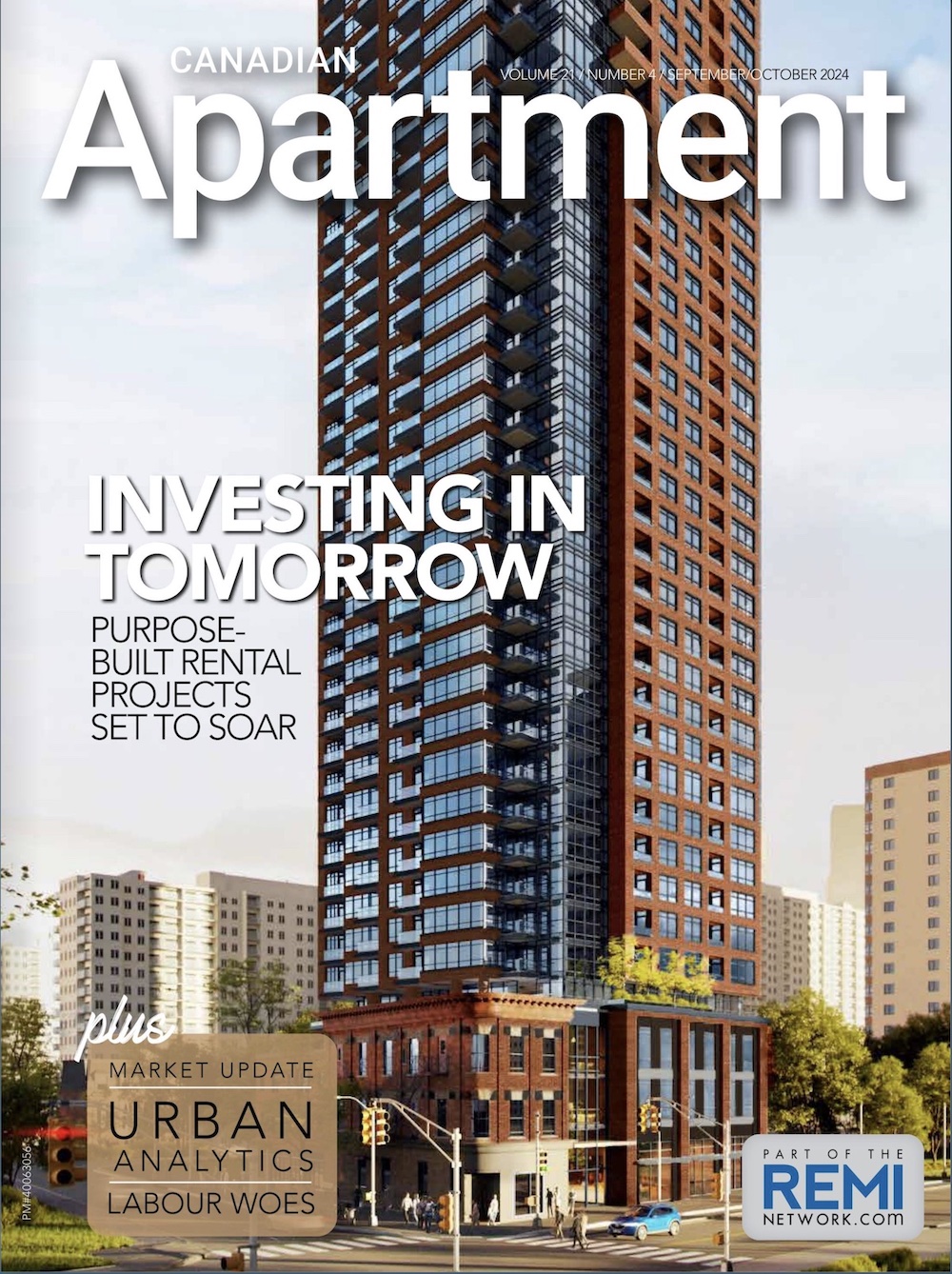A breakdown of energy use disparity in nearly 133,000 households across the United States reinforces intuitive assumptions about who is most likely to invest in energy-efficient appliances. A study published in the summer 2018 issue of the journal, Energy Policy, found a larger share of ENERGY STAR rated appliances in owner-occupied dwellings and in regions where electricity costs are higher.
The researcher, Mateus Souza, a PhD candidate at the University of Illinois, analyzed data from the 2011 American Housing Survey (AHS), which included a supplementary questionnaire about appliances. Cross-referencing with other AHS data, he developed profiles for four major appliances, two types of air conditioning and three types of furnaces, which depict higher levels of energy consumption in rental units.
For example, the majority of room air conditioners and electric furnaces were installed in rental housing. Yet, in the fewer cases where these devices were found in owner-occupied accommodations, they were more likely to be ENERGY STAR rated. Homeowners also reported a higher percentage of ENERGY STAR central air conditioners and furnaces, as well as refrigerators, dishwashers and clothes washers.
Within rental accommodations, energy-efficient appliances were more prevalent where the landlord paid utility costs. This demonstrates the dilemma of split incentives. Landlords may be more reluctant to make energy-saving investments when they do not directly realize the benefits.
Souza additionally found “tenant-pay dwellings are, in general, occupied by lower income families than landlord-pay dwellings” — suggesting less leverage to encourage or impel landlords to invest in upgraded energy efficiency. Meanwhile, longer-term tenants were more likely to have energy-efficient appliances, which, he theorizes, may relate to the underlying quality of the accommodations, tenants’ choices and/or good landlord-tenant relations.
“Landlords may have felt more encouraged to invest in efficiency once they learned that tenants were likely to stay in the unit for longer periods,” he reasons. “A long duration rental could be a sign that both the landlord and the tenant abide by contracts, payments or maintenance, all of which may be reflected in the overall quality of the residential unit.”
Some of the same factors may help to explain why the energy efficiency gap between renters and homeowners is less pronounced in areas such as the New England and mid-Atlantic states where energy prices are higher. “This suggests that renters in those areas are more attentive to energy costs, thus demanding dwellings with more energy-efficient appliances,” Souza posits.
In exposing some of the impediments in rental housing, the study also highlights the potential savings to be reaped. Souza suggests appliance labelling, energy audits and disclosure requirements could help tenants become better informed, while targeted incentives could benefit tenants, landlords and broader societal goals.
“Carbon abatement policies for the residential sector should take into account the stark differences in ENERGY STAR appliance adoption rates that exist in rented and owner-occupied homes,” he advises. “It seems that rented units are falling behind in terms of investment in energy efficiency. Therefore, energy-efficiency subsidies for rental markets may be more cost-effective than those for homeowners.”
Complementing that effort, the American Council for an Energy-Efficient Economy (ACEEE) is offering advice for improving take-up of high-efficiency air conditioners. In two newly released technical briefs, it suggests that more focus on equipment distributors could be an effective way to extend the reach of incentive programs.
“In midstream programs, the distributor receives an incentive and then passes some or all of the savings to the consumer, instead of giving the consumer a direct rebate,” the ACEEE explains. “Moving to a midstream model can increase program participation significantly by reducing the initial cost and eliminating the need to fill out a form.”






